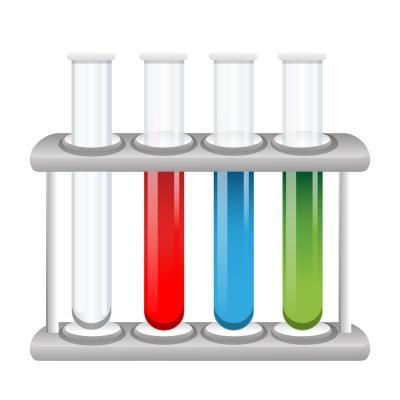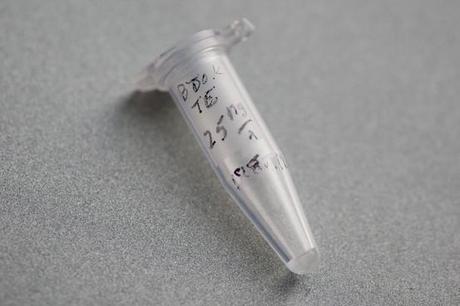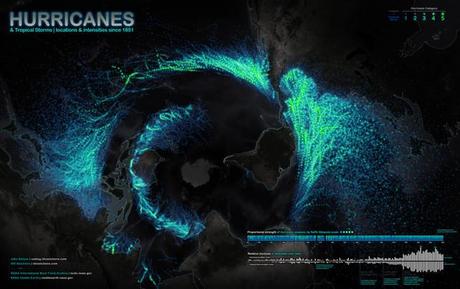 Creative ways to think about data storage
Creative ways to think about data storageA book in a test tube. All the information on Internet stored on a device the size of our thumb! We live in an age of information abundance and new ways to think about data storage is emerging. How can information and data be stored and presented?
An exciting way to deal with digital data is to encode a book into the genetic molecules of DNA. Text sections can be translated into DNA, the basic building blocks of life – four bases adenine (abbreviated A), cytosine (C), guanine (G) and thymine (T). First, a digital version was made of book about genetic. The zeros was translated into either A or C and the ones into either G or T. Shorts strands of actual DNA was created using laboratory techniques and each strand contained a portion of the text. Billions of books can fit into a test tube – as a viscous liquid or sold salt it can last for centuries. This way of storing data is exploring ways that allows for more capacity than computer chips and drives.

The idea to use DNA to store information such as books, photographs, and videos shows that new exciting ways to think about data is emerging. Today you can spell your initials or name DNA code. Maybe your signed painting could be stored in a test tube in the future. DNA has also been used to encode music and poetry. The code was stored inside bacteria cells. Memory devices based on living cells have also been created. In the future, this device may travel through the body to record early sign of disease.
Nanotechnology
The power of ideas steaming from nanotechnology is mind blowing. Nanotechnology refers to engineering at molecular level. The advances in nanotechnology have lead to new ways of storing information. Increasingly smaller and more powerful computer chips have meant that we can create systems where things are connected to the Internet. And the content in your fridge can be available to an on-board computer that orders food when you run out. Suggestions for recipes that are suitable for the content in your fridge are possible by using controlled devices.
Future developments are possible by using smaller and smaller chips. DNA-based computers may work in the future to collect information and combat diseases. The boundaries are pushed; computing has come a long way. New machines working on the nanoscale, as well as the manipulation of strands of DNA suggest new creative ways to store information.
Below is a picture of data over tropical storms since 1851.The trend and how the storms relate to each other over time provides a spooky image. A hurricane over 160 years of hurricanes! It looks like hurricanes are fractals for a giant hurricane.A fractal has low Kolmogorov complexity, which means that you can use a simple rule to describe how you generate the picture. A fractal may contain little information but the looks very complicated.

Changes and Challenges
Many of these solutions may change the way we look upon data. After all, there are huge differences in storing a book in a bookshelf and in a test tube. What are the consequences of these changes? And how do you interpret a picture where hundreds of years of data has been used? In the next blog post, we will continue to explore this exciting subject. What creative ways of using and storing data can you think of?
